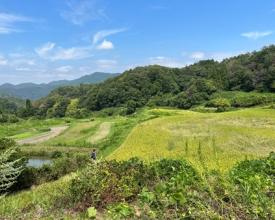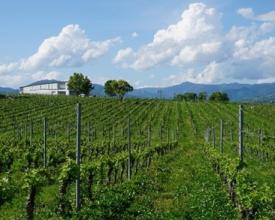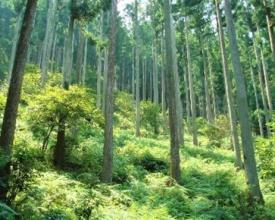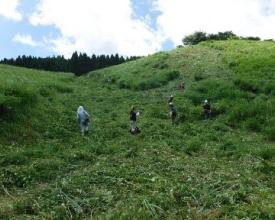
First certification of OECMs by the Ministry of the Environment of Japan under clear, transparent and flexible OECMs system that suits Japan's nature and culture
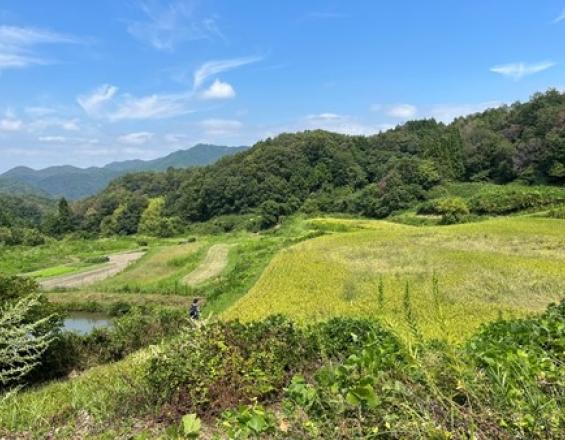
In October 2023, the Ministry of the Environment of Japan (MOEJ) certified 122 sites as the first “Nationally Certified Sustainably Managed Natural Sites” under their newly launched OECMs certification scheme, which was developed with consideration to match nature and culture of Japan. These sites, excluding sites that are already recognized as protected areas (e. g., national parks), will be recognized as OECMs in Japan. The main purpose of the this scheme is to recognize sites where biodiversity is conserved through private entities’ initiatives. MOEJ conducted a trial certification scheme in 2022 with the members of “30by30 alliance for biodiversity ,” which is the multi-stakeholder platform that was launched in April 2022 with the aim to effectively promote the measures embodied in Japan’s 30by30 roadmap. The full operation of the new OECMs certification scheme started in April 2023, accepting applications from the management authority of the sites.
Context
Challenges addressed
The full operation of the certification scheme has just begun, and the MOEJ intends to improve this scheme in cooperation with the “30by30 Alliance for Biodiversity.”
One of the challenges is to ensure that biodiversity in the area is conserved continuously, even after the certification. To officially support the conservation efforts made in sites registered as OECMs, MOEJ has also started the legislation process of the scheme and aims to submit a legislative bill to the Diet.
Moreover, OECMs in coastal and marine areas are still under consideration, and this would be another challenge for Japan.
Location
Process
Summary of the process
After the development of initial OECMs certification scheme in the experts committee, a trial scheme was conducted with the support of the "30by30 alliance for biodiversity" members, who volunteered to test the trial scheme on their lands.
When developing a certification scheme for complex systems like OECMs, both the academic review from experts and opinions from the field are required.
Impacts
Targeted areas of the “Nationally Certified Sustainably Managed Natural Sites” are a wide variety of types of areas. In addition to wilderness nature, for example, SATOYAMA in rural areas, urban green spaces, and shrine and temple forests with rich biodiversity could be candidate sites. The aim of this scheme is to promote biodiversity conservation not only in pristine nature, but also in various areas including nature close to people lives. Moreover, with this new scheme, conservation measures undertaken by the private actors outside of protected areas can be recognized, encouraging more actors to be involved in promoting biodiversity conservation.
This will enable us to promote biodvierty conservation throughout Japan, realizing of a society in which people and nature coexist in harmony, rather than drawing lines between them.
Beneficiaries
The ministry aims to encourage such efforts to realize a society living in harmony with nature, so that we can continuously derive various blessings from nature.
